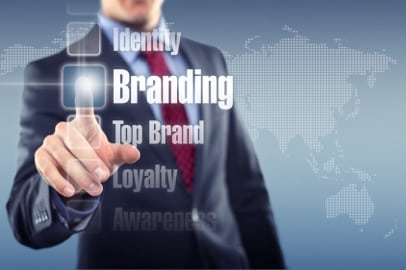 Who are you and what do you stand for?
Who are you and what do you stand for?
There is nothing more important for a business than knowing who they are. I’m using “who” because that’s how a brand should be seen — as a person. It’s the best way to start and deepen your relationship with your audience.
So as a brand ask yourself, what do you believe? What do you sound like, look like, and feel like? Who are you talking to? How are talking to them? And what do you want people to feel when they hear you speak?
You don’t invent this meaning. You uncover it. Branding starts inside an organization and then grows to meet the public. It’s important that everyone who represents the company understands and represents the brand. A brand is a promise. The people in your organization handle fulfilling that promise. That’s why it’s vital that your brand is communicated clearly and consistently across all channels — and every touch-point for consumers.
Okay, so how do we figure out who we are?
Start by asking yourself some basic questions. Then survey several key people within your company to answer them, too. Things like:
- What’s the most important thing we want people to think about our company?
- Do we want to talk at people or talk with people?
- What are some keywords that you think customers use to describe the company?
- Are these the keywords you want them to be using?
- Write down a list of brands you admire. How can you get closer to their type of branding?
You might notice some inconsistency in what you’re hearing. If that’s the case, consider hiring an agency to take a look at your brand and evaluate it/grade it. A complete rebrand isn’t always necessary, but sometimes it is.
As the saying goes: if you don’t stand for something, you’ll fall for anything.
Once you figure out who your brand is, it must stand for something. To figure out what that is, start looking into the different channels.
Right now, the buzzword is “content.” Content marketing might be right for you, but not necessarily. Would your customers benefit from content? Would they even want it? The answer here requires an in-depth analysis of their daily habits and where they get information. Once you understand their information-gathering patterns, you’ll know if targeting them with content is smart – or not.
So if it’s not content, what is it?
Good question. A lot of brands find success by being altruistic. They help make the world a better place. We’ve seen this work with huge brands like TOMS and Apple, but it can work for your brand, too.
Consider partnering with a cause you believe in and committing to donate a percentage of your profits each year to benefit them. Partnerships like this not only help create an emotional connection for Customers with your brand, but they also help give you a reason for being or a “Why.” And every brand needs a “Why.”
Is a brand a logo?
So glad you asked. A logo (or a mark in old-school advertising speak) is only part of your brand. While it’s a vital visual representation of you that is consistent across all channels, it’s not who you are. If your logo is green — not everything you do has to be green. If your logo has a star in it, you don’t have to be named Star Company, Inc.
That said, a logo and proper brand materials are important to have a well-received, established brand. Partnering with a design firm who specializes in branding is a good place to start for this project. They should be able to provide you with multiple options of logos, taglines and ways to talk about your company as well as ideas for cross-channel collateral and incentive programs.
Brands tell stories.
So enough about what we think, let’s talk about you. Or rather, let’s have you talk about you. That’s the beginning of defining your brand — and it sets you on the path to telling the beautiful story of who your company is, why it exists, and what it has to offer the world.

